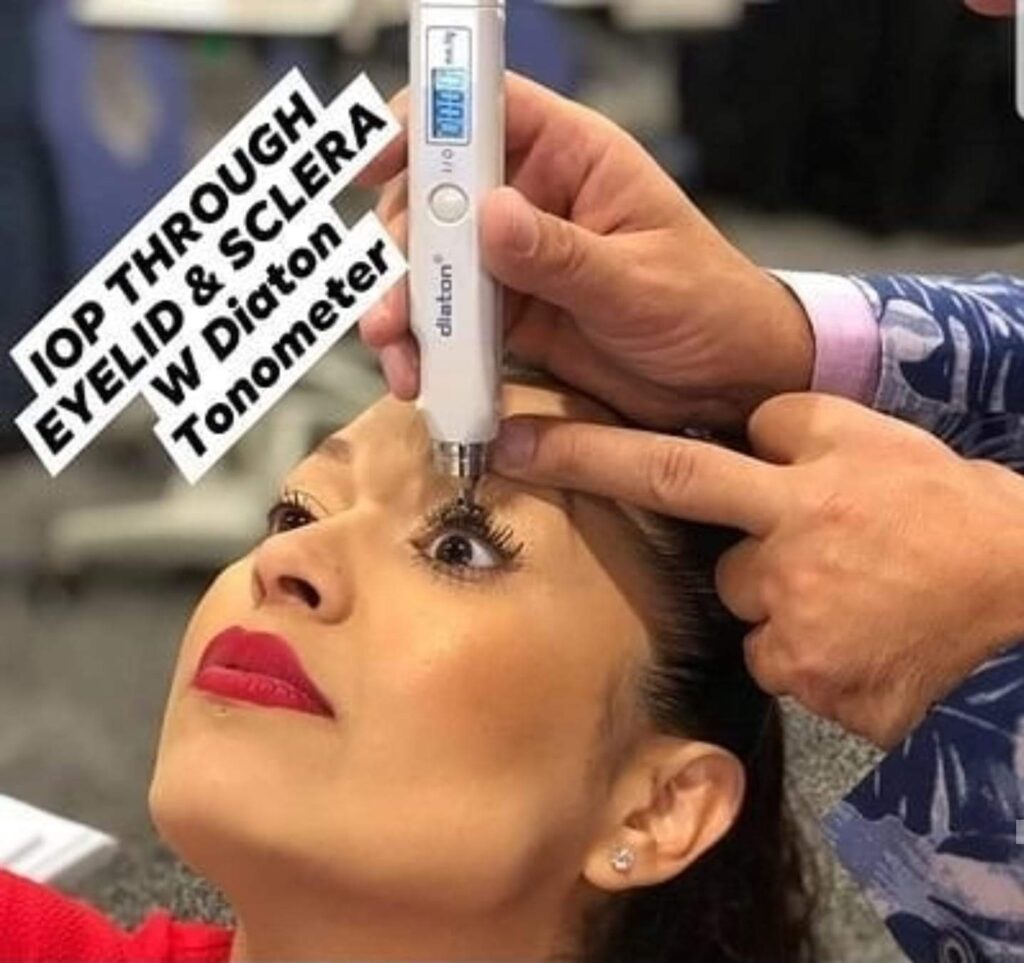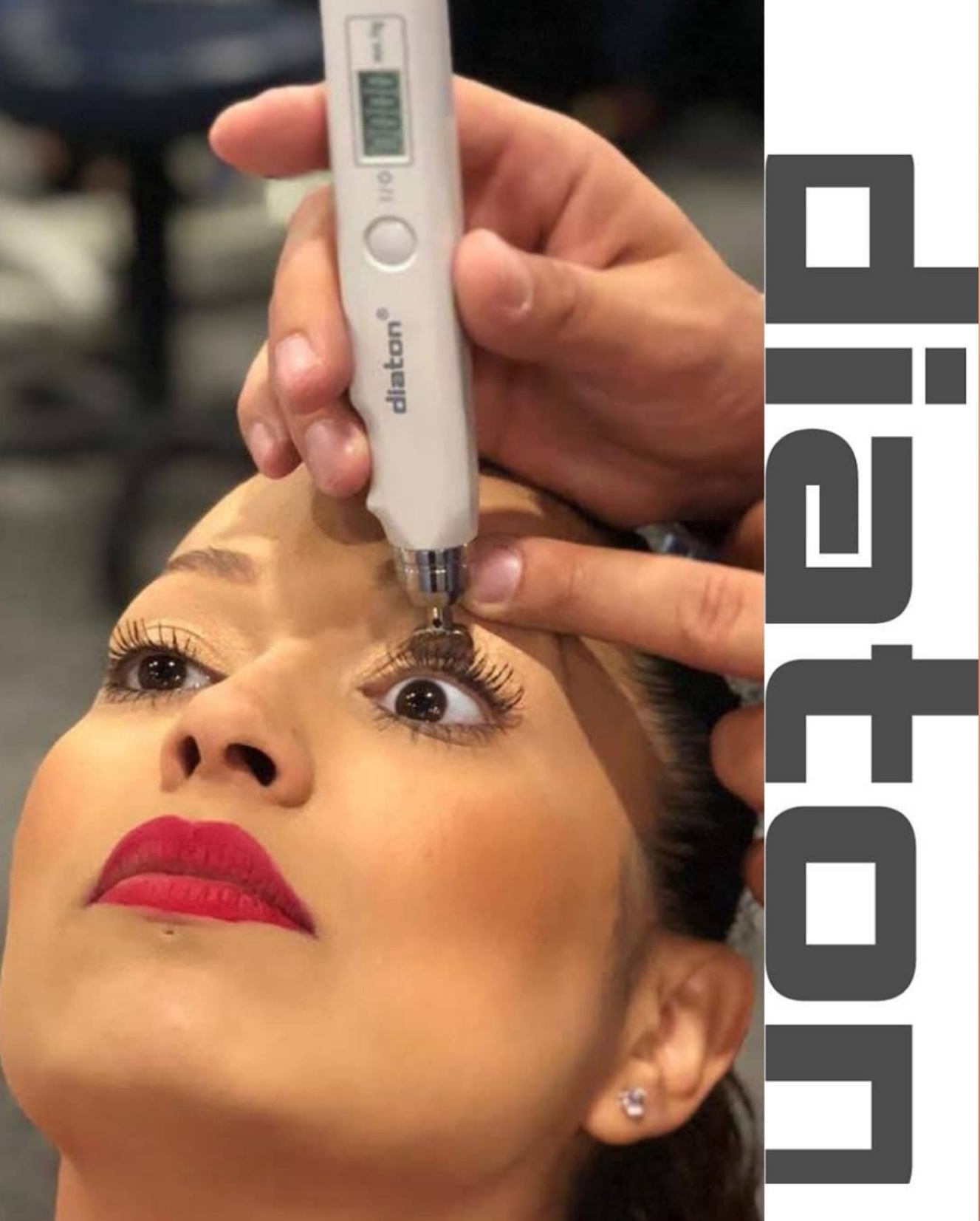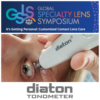Intraocular pressure (IOP) measurement is a critical diagnostic tool in ophthalmological practice, particularly for glaucoma screening and management. The Diaton Transpalpebral Scleral Tonometer represents a significant advancement in tonometry, addressing many limitations of traditional measurement techniques.
Technical Characteristics and Methodological Advantages
Non-Invasive Measurement Technique
The Diaton tonometer distinguishes itself through a unique transpalpebral scleral measurement approach. Unlike conventional tonometers that directly contact the cornea, this device obtains IOP readings through the eyelid and scleral surface. This methodology offers several key benefits:
- Patient Comfort: Eliminates the need for corneal contact, reducing patient anxiety and discomfort associated with traditional tonometry.
- Elimination of Anesthetic Requirements: Negates the use of topical anesthetic eye drops, which can:
- Cause temporary epithelial disruption
- Alter corneal biomechanical properties
- Potentially introduce preservative-related complications

Measurement Accuracy and Reliability
The Diaton tonometer demonstrates exceptional performance characteristics:
- Corneal Thickness Independence: Provides accurate measurements irrespective of:
- Corneal central thickness (CCT)
- Corneal biomechanical variations
- Previous refractive surgical interventions (LASIK, PRK)
- Diagnostic Versatility: Particularly valuable in patients with:
- Corneal pathologies (keratoconus, corneal edema)
- Post-surgical corneal modifications
- Contact lens wear
- Compromised ocular surface conditions
Clinical Applications and Patient Population
Expanded Patient Accessibility
The tonometer is especially beneficial for:
- Pediatric patients
- Individuals with dry eye syndrome
- Contact lens wearers
- Patients with corneal structural anomalies
- Post-refractive surgery patients
Operational and Clinical Workflow Advantages
Healthcare Provider Benefits
- Operational Efficiency
- Minimal training requirements
- Rapid measurement protocol
- Reduced patient preparation time
- Streamlined screening capabilities
- Infection Control
- Non-contact measurement technique
- Reduced cross-contamination risk
- No requirement for probe sterilization between patient interactions
- Economic Considerations
- No consumable components
- Reduced operational costs
- Potential for expanded screening programs
Comparative Performance Considerations
While the Diaton tonometer presents innovative advantages, clinicians should:
- Validate measurements against established tonometry methods
- Consider individual patient anatomical variations
- Integrate findings within comprehensive diagnostic frameworks
Conclusion
The Diaton Transpalpebral Scleral Tonometer represents a promising technological innovation in IOP measurement, offering enhanced patient comfort, diagnostic flexibility, and operational efficiency.
Recommendations for Clinical Implementation
- Conduct comparative studies within specific patient populations
- Develop standardized training protocols
- Integrate into comprehensive glaucoma screening strategies
- Consider patient-specific measurement approach selection
For further technical specifications and clinical validation data, refer to the manufacturer’s comprehensive documentation. www.TonometerDiaton.com phone: 1-877-342-8667










